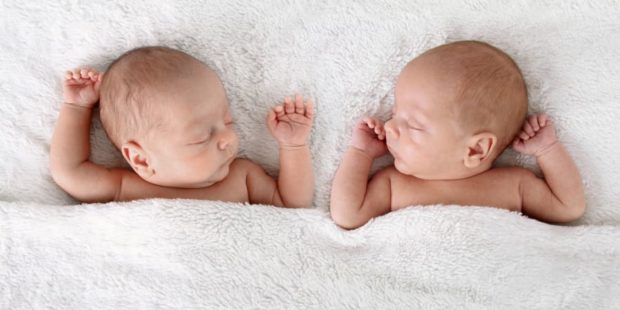
More than 1.6 million twins are now being born every year, researchers said in a paper published in the scientific journal Human Reproduction. Photo by HannamariaH/ Istock.com©
More twins — almost one in 40 children — are being born than ever before, according to research published Friday, citing the rapid rise in medically assisted reproduction as a major factor.
More than 1.6 million twins are now being born every year, researchers said in a paper published in the scientific journal Human Reproduction.
“The relative and absolute numbers of twins in the world are higher than they have ever been since the mid-twentieth century and this is likely to be an all-time high,” Professor Christiaan Monden, of the University of Oxford (UK), one of the study’s authors, said.
The rise of assisted reproductive technology (ART) in developed countries since the 1970s contributed to the rise in multiple births, they said, as did mothers giving birth at an older age, when twinning rates are higher.
Increased use of contraception, women choosing to start families later in life, and lower overall fertility were also responsible.
Researchers gathered data from 135 countries from 2010-2015 for the study.
The rates of twin births were highest in Africa, they said, citing “genetic differences” between the continent and the rest of the world.
The increased number of twins in poorer parts of the world was concerning, one of the researchers said.
“Twin deliveries are associated with higher death rates among babies and children and more complications for mothers and children during pregnancy… during and after delivery,” Monden said.
“More attention needs to be paid to the fate of twins in low and middle income countries,” co-author Jeroen Smits said.
“In sub-Saharan Africa in particular, many twins will lose their co-twin in their first year of life, some two to three hundred thousand each year according to our earlier research.”
Researchers said the record number was solely driven by births of “fraternal twins” — which derive from two separate fertilized eggs.
The number of identical twins — known as monozygotes — remained the same.